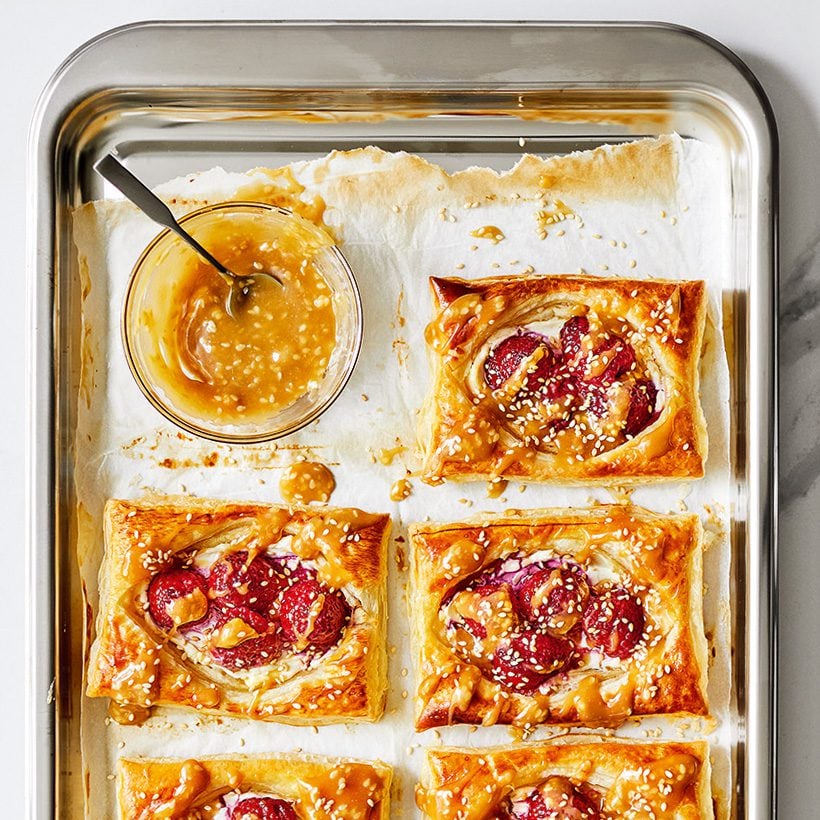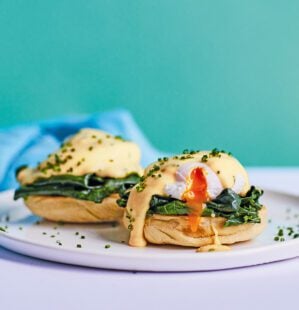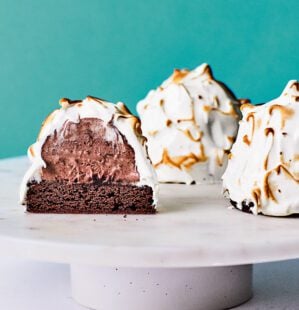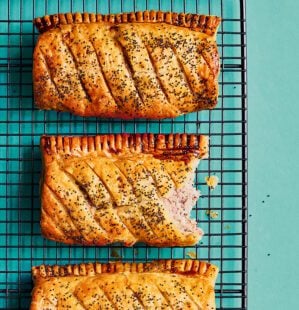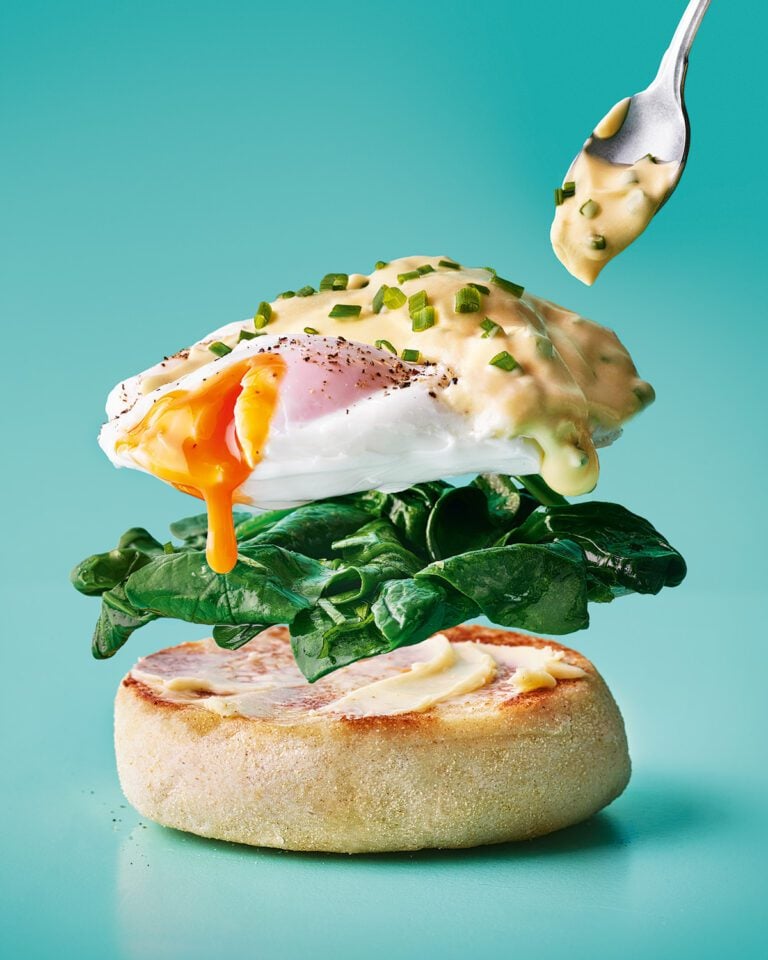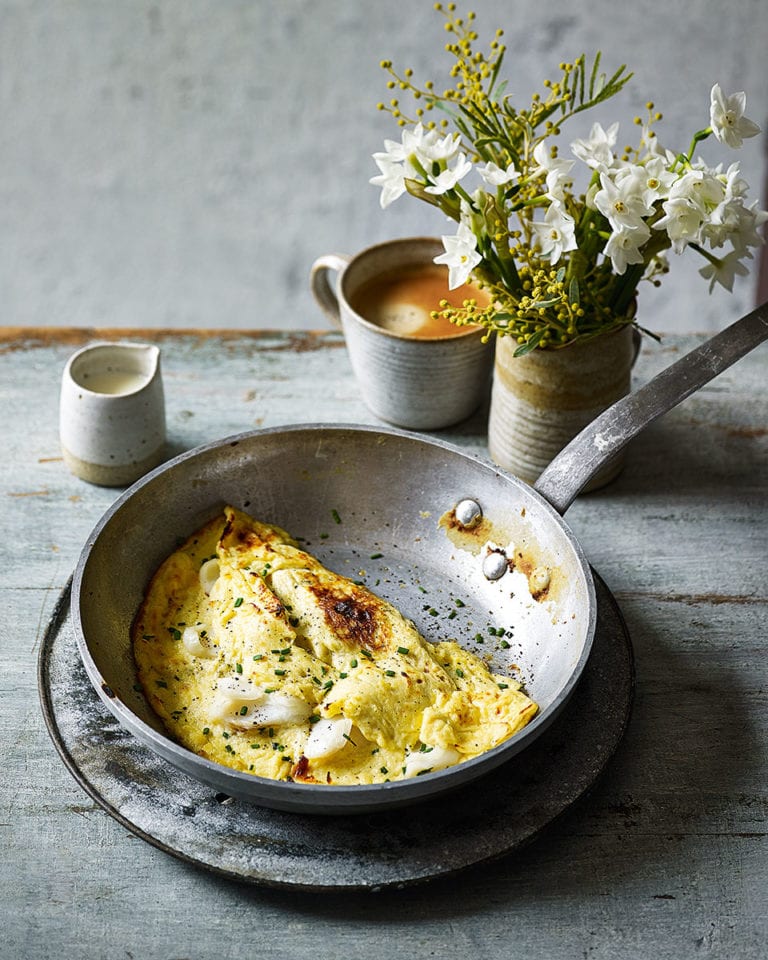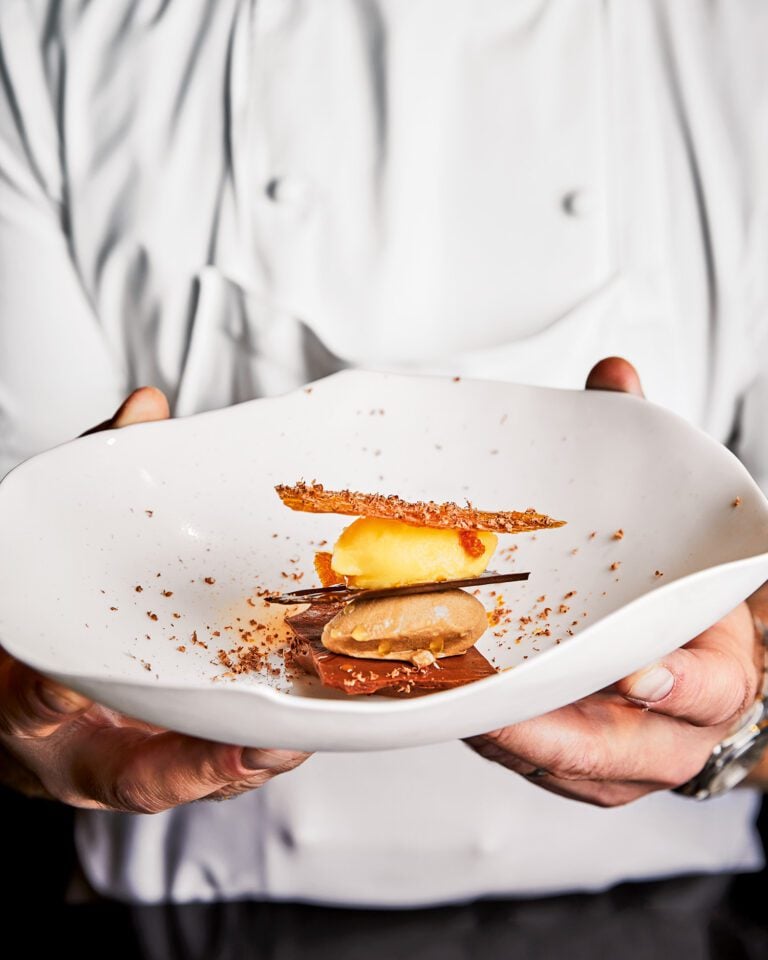ProCook

Metal, ceramic, glass, enamel: What type of bakeware is best?
What are your baking dishes and tins made from? It matters more than you might think. With the help of our partners ProCook, food editor Tom Shingler looks at the merits of various materials to ensure what you’re putting in the oven is cooked to perfection…
From ceramic, enamel and glass to metal and non-stick, what type of bakeware is best? Should lasagne be cooked in a glass or metal dish? What’s the best material to cook pies in? Scroll on the find out…
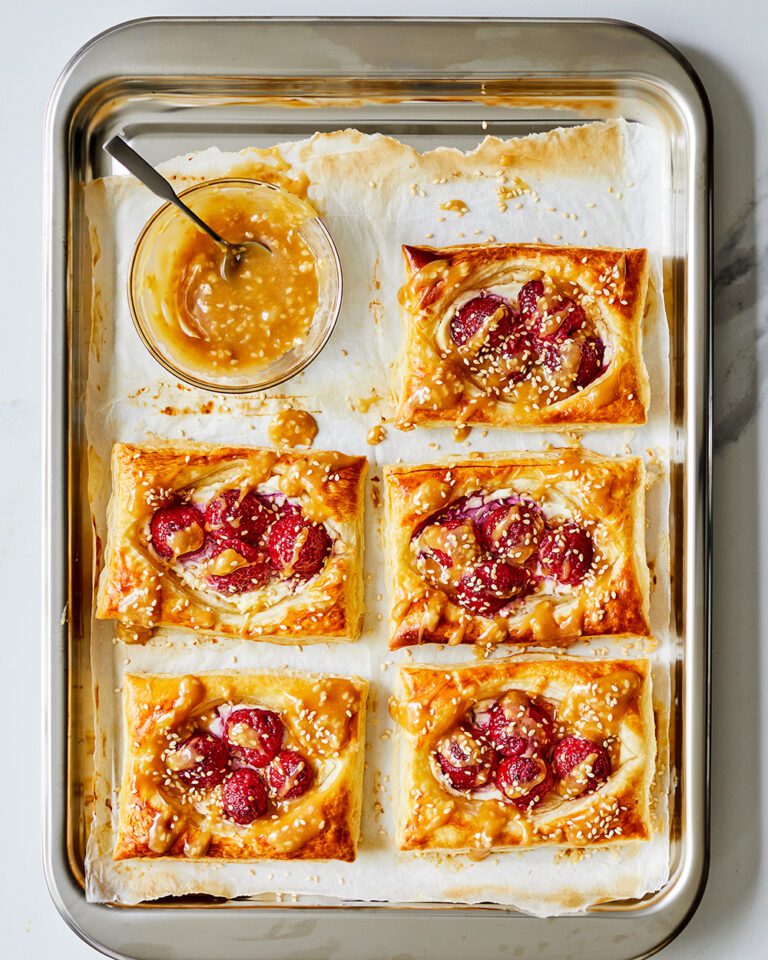
It’s the ‘hob-toppers’ that get all the attention in the kitchen – saucepans, casseroles, griddles – but don’t forget about those tins and dishes that go in the oven. You might think one baking tray is no different to the next, but the material they’re made from makes a huge difference to how they interact with the food sitting in or on them.
If you’ve ever made a dish that’s burnt on the outside and undercooked in the middle, been left with a pastry case that’s soggy on the bottom or had something fuse itself to the tin as it cooks, chances are (provided the recipe is solid and you followed it correctly) you’re using the wrong sort of bakeware. When exposed to heat, glass, ceramic and metal all react in a different way, meaning they cook your food at differing speeds, intensity and evenness. Get to know the basic properties for each and you’ll know which one to pick for your next bake.
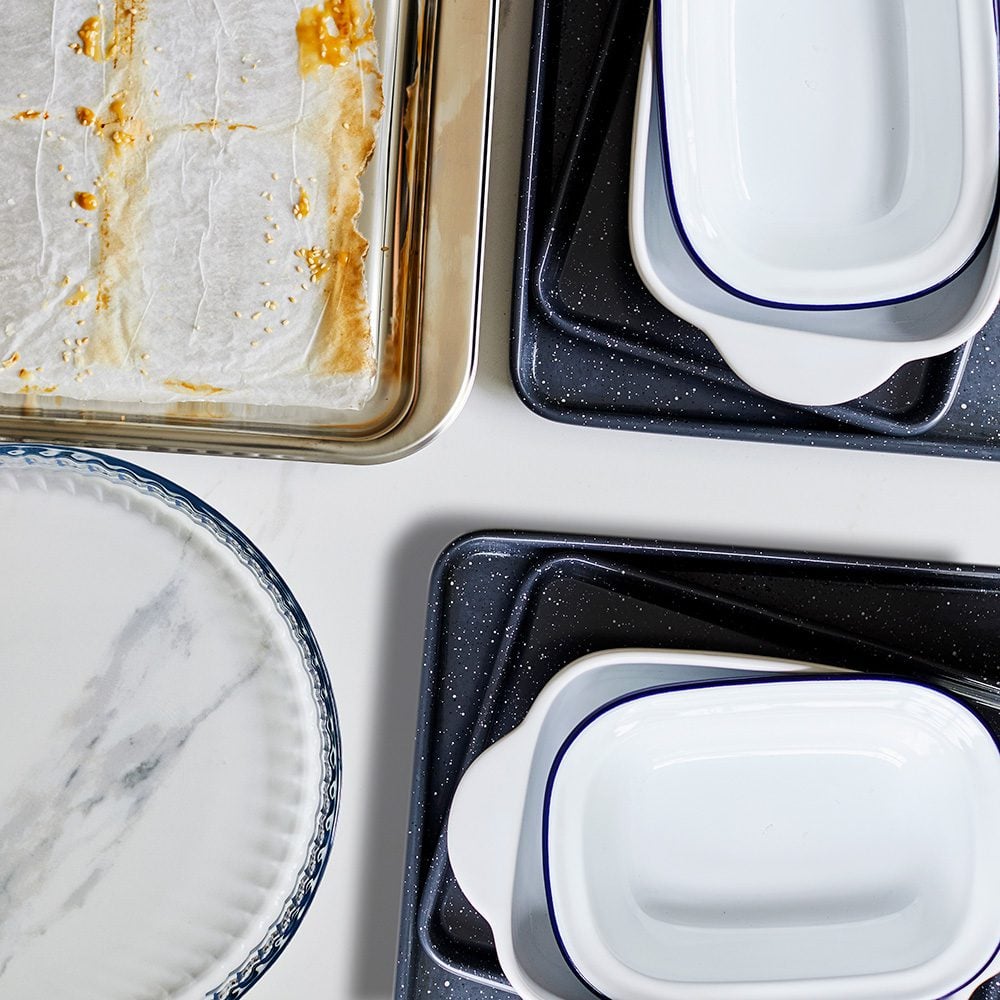
Clockwise from above: 27cm glass ovenware flan dish, £7; 41cm x 28.5cm stainless steel baking tray, £24; non-stick granite baking trays, from £11; 25.5m x 17cm stoneware oven dish, £20; 20cm x 15cm enamel bakeware pie dish, £10; all from ProCook.
Metal bakeware
Metal is king when it comes to heat conduction, which is why the majority of bakeware is made from it (and most recipes are written with metal in mind). It’s durable, long-lasting and can even (usually) go on the hob if you need to kickstart some roast veg or finish off reducing roasting juices into a sauce.
The high-speed heating quality of metal is ideal for pastries and doughs that need to crisp up on the base (see recipe, below), but it can scorch liquid-heavy dishes before the centre is fully cooked. When using metal, be wary of very acidic ingredients – roasting a tray full of berries, for example, may leave marks on the dish, as most metals (iron, aluminium, copper and non-stainless steel) are reactive.
Ceramic bakeware
Stoneware, porcelain and terracotta all fall under the ‘ceramic’ umbrella – and they all share roughly the same properties. They’re slower to heat up compared to metal, but that’s not always a bad thing – especially if you’re slow-cooking something. They’re usually best for bakes that include a liquid element – think cream in a gratin or sauce in a stew. They’re also pretty enough to serve in, meaning you save on the washing up.
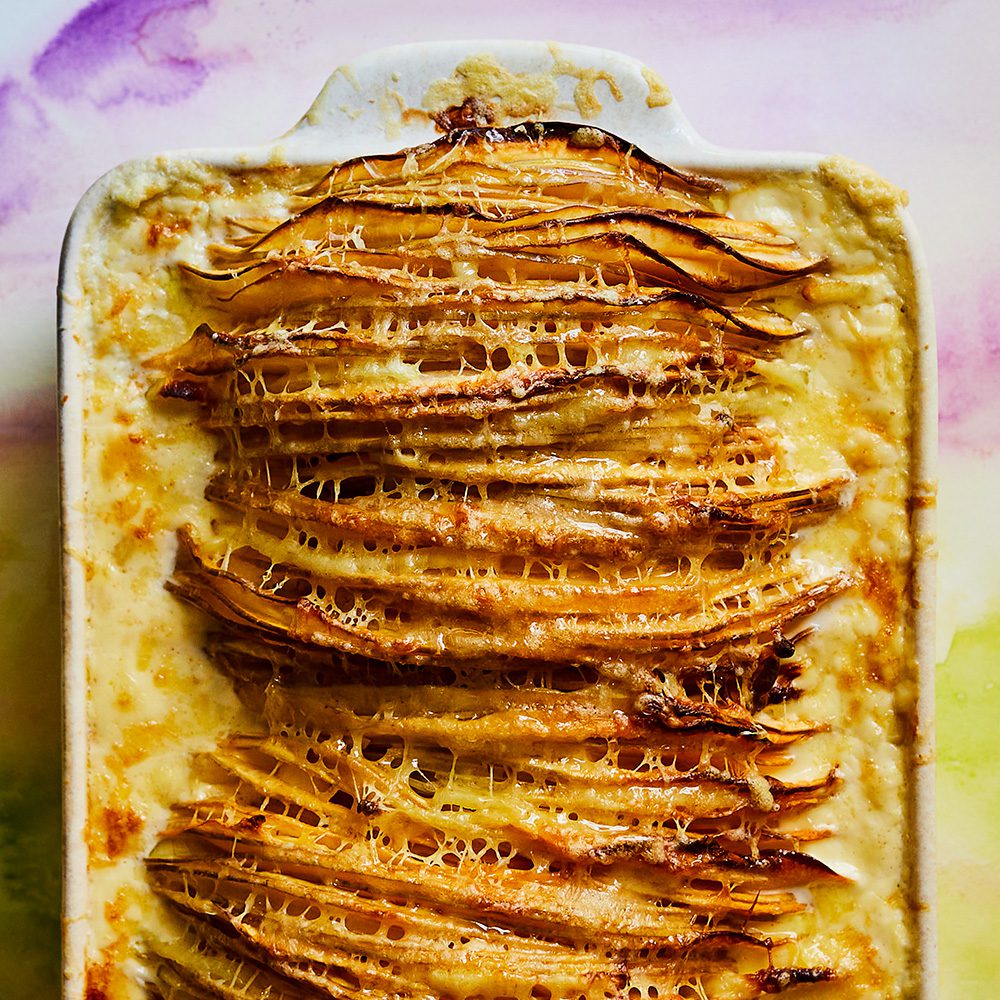
Non-stick bakeware
Non-stick bakeware is generally metal with some sort of coating applied. This reduces the need for greasing or a sheet of baking paper, but that’s usually at the expense of heat conductivity. Non-stick bakeware is a good all-rounder, but prone to scratching and deteriorating over time; keep metal utensils at bay and expect the coating to start becoming less effective as the years go by. Non-stick cookware in general is always popular, but the quality varies far more than other materials – you generally get what you pay for when it comes to effectiveness and durability.
Glass bakeware
To be precise, it’s known as borosilicate glass, and it retains heat surprisingly well, although it does take a while to heat up. Much like ceramic, it’s great for liquid-heavy foods (crumbles, lasagnes and the like), and will stay hotter for longer after it’s out of the oven, making it great for serving in. It will of course break if you drop it (like ceramic bakeware), but it’s easier to clean than metal and – bonus – you can see what’s going on through the sides of it.
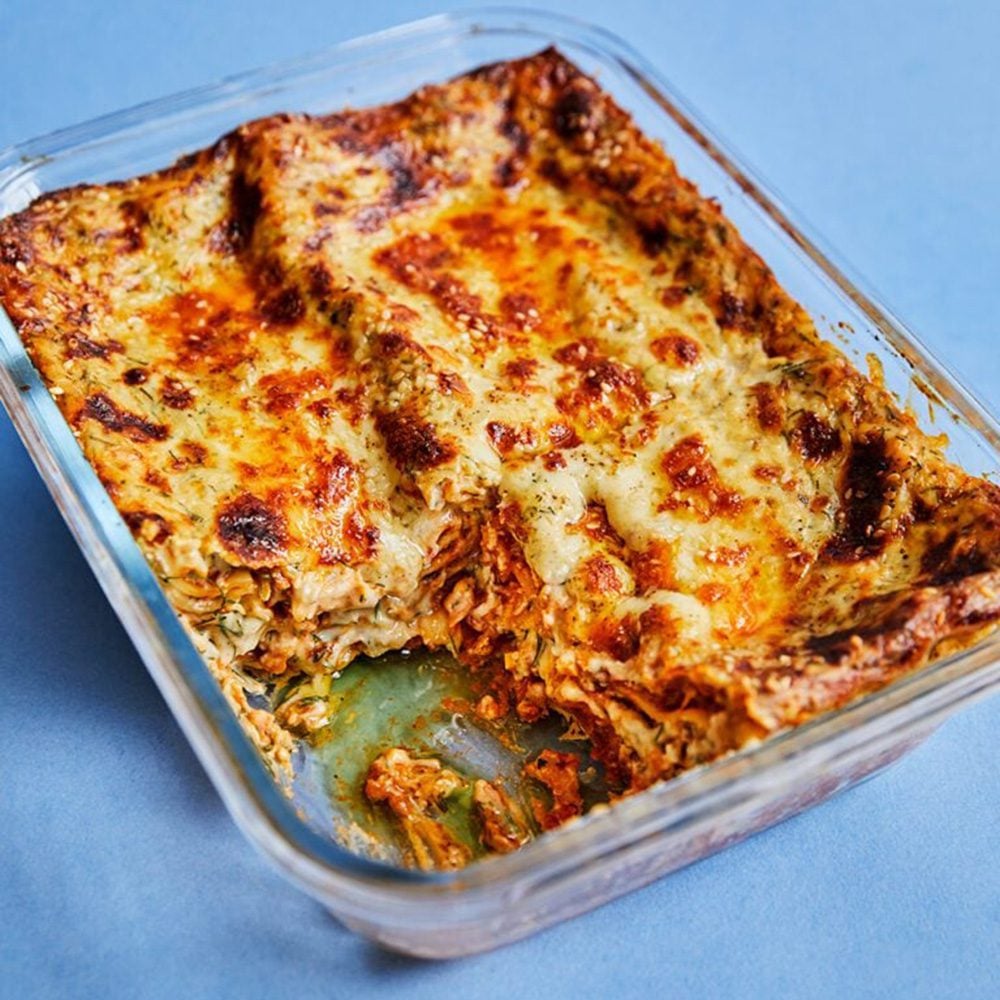
Enamel bakeware
This kind of bakeware tends to be made of metal coated in several thin layers of enamel glaze (known as vitreous enamel and made of powdered glass), offering good heat conductivity but with a more attractive look than plain metal. Enamel is light yet durable and the coating is naturally non-stick (although not as effective as a pure non-stick coating). Enamel is a decent long-lasting all-rounder that looks good enough to serve in, especially if you buy smaller tins and dishes for things like individual pies.
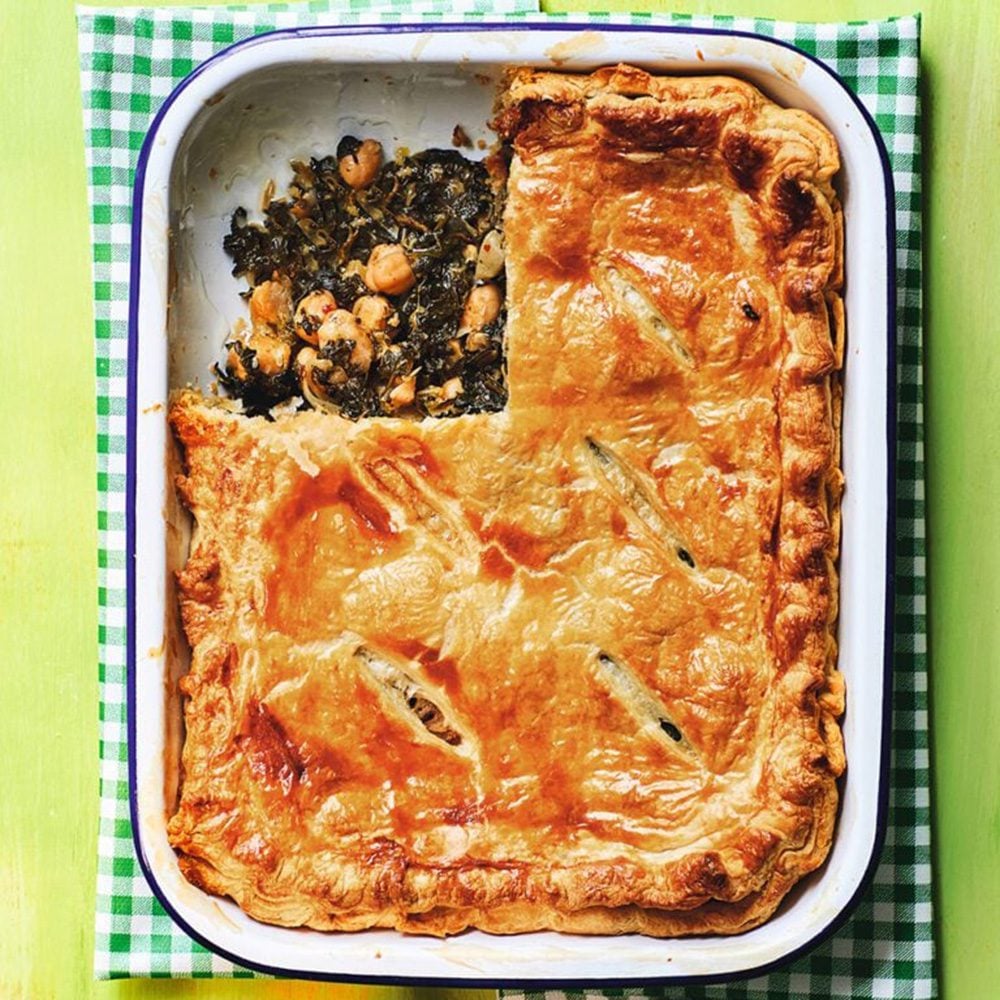
Ready to bake?
Try our raspberry and sesame cheesecake danishes
These easy pastries are like a cheesecake in danish form. Tart raspberries are mellowed by the cream cheese base, and everything is topped with a sweet-salty sesame caramel. A good quality metal baking tray is a must to prevent a soggy bottom. Put your bakeware knowledge to use with the recipe for this perfectly crisp sweet bake…
Discover more expert guides and skills masterclasses in our Be a Better Cook section.
Subscribe to our magazine
Food stories, skills and tested recipes, straight to your door... Enjoy 5 issues for just £5 with our special introductory offer.
Subscribe
Unleash your inner chef
Looking for inspiration? Receive the latest recipes with our newsletter
